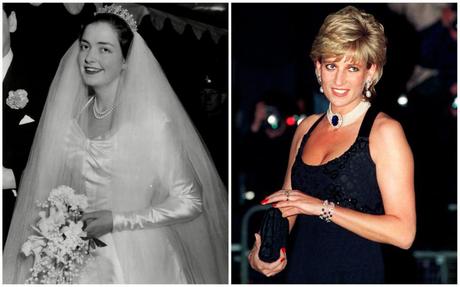
There was collective astonishment that Princess Diana's aunt Mary Roche left a relatively small estate of £425,983 when her will was published this week. Ten months after the aristocrat's death in March 2023, at the age of 88, it is implied that Roche has somehow fallen from grace financially.
What happened to the great Belgravia houses of its past? How could a woman whose family has long been inextricably linked to the royal family, and who once ferried safari passengers across Kenya in her own planes, find herself in a position where she has left none of her financial assets to her two twin daughters? , Anya and Jo? Daughters who, despite their noble ancestors, lived modestly on a housing estate in Frome, Somerset until recently.
She left behind only her son, Edward, and eldest daughter, Alexandra, which some have unkindly interpreted as evidence of family disharmony.
Why people say no and shake heads is beyond me - especially now that aristo-poverty is commonplace these days. Of course, poverty is a relative term, but hardly any aristocrats live the lives of extravagance and elegance that once defined them.
Instead, they rush through their stately homes to patch leaky roofs or air out damp salons before renting them out for company parties and weddings. It's only the Silicon Valley billionaires, the Indian maharajahs and the new money that the likes of Michelle Mone and her husband, Doug Barrowman, flaunt with their superyachts, Manx mansions and Mayfair homes, along with security and staff that care. can afford to live like the aristocrats used to do.
Roche sounds like a great character. Her cousin, Earl Spencer, wrote on Instagram about his aunt: "Aunt Mary was many things: a free spirit; an intellectual; an adventurer; and above all, a great source of inspiration for all generations of her family."
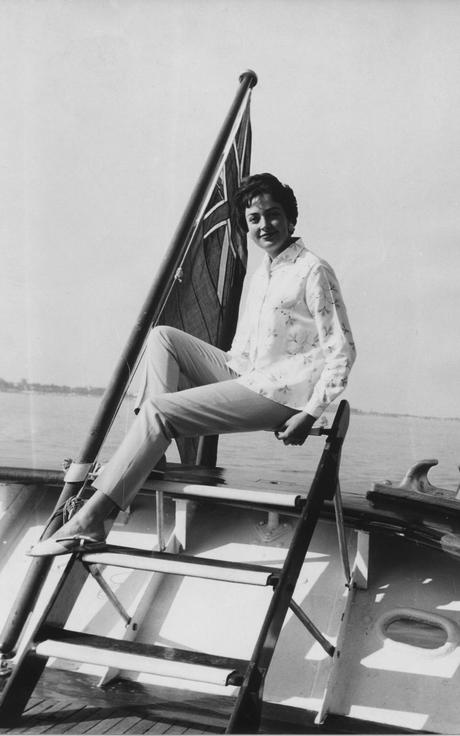
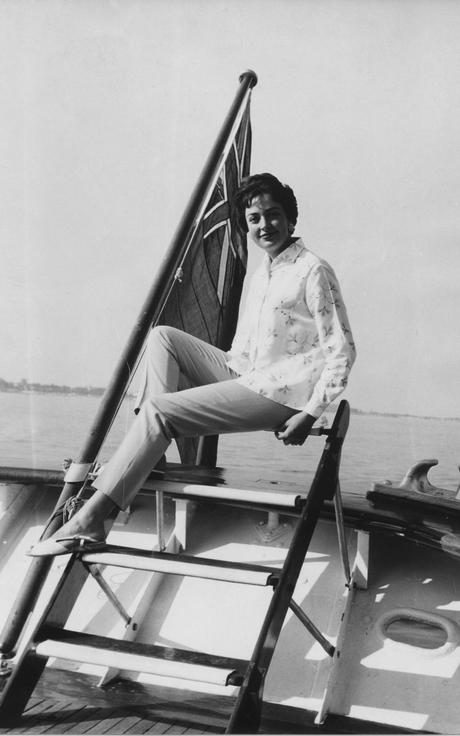
Instead of critics saying she left two of her daughters out of her will, her son Edward's statement told the... Daily email that "my mother gave different things to my sisters at different times and, in the interest of fairness, ended up that way" makes sense. Aristocratic possessions, such as rare paintings or objets d'art, can be both personally meaningful and financially valuable.
The story continues
Mary Cynthia Burke Roche was born in Peterculter, near Aberdeen, in 1934. She was the eldest daughter of Maurice Roche, 4th Baron Fermoy and his wife Ruth. Queen Mary was her godmother and her mother, Lady Fermoy, was part of the Queen Mother's household.
It was Lady Fermoy and the Queen Mother who encouraged the idea that Mary's niece, Diana Spencer, would be a suitable bride for Prince Charles. Mary's sister was Frances, Diana's mother, and they had a brother, Edmund Roche, who became the 5th Baron Fermoy.
The Fermoys and the Royals were so intertwined that Mary's father, Maurice, rented Park House, Sandringham from the Royal Family and photographed with George VI at Sandringham that day before the King's death in 1952.
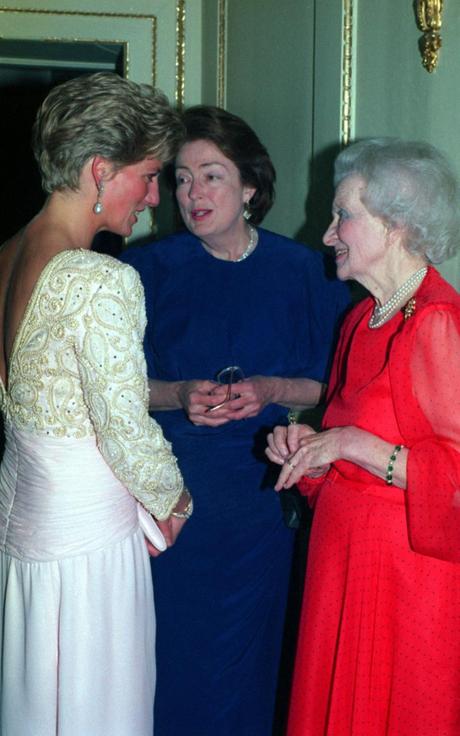
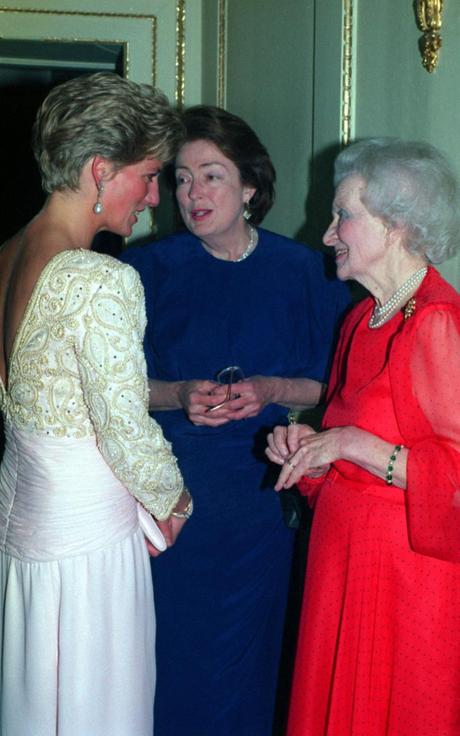
As so often happened among the aristocracy, Mary's grandfather married into vast American wealth. Money for the cachet of a British title. Pure The Gilded Age. James, 3rd Baron Fermoy, married the American heiress Frances Ellen Work in New York in 1880. Mary Roche's father, Maurice, and his twin brother, Frank, grew up in the rarefied society of Newport, Rhode Island.
The American aristocracy. Their maternal grandfather, Frank Work, made a fortune working with famed business magnate Cornelius Vanderbilt, who made his fortune building railroads and shipping.
A condition of Maurits' inheritance was that he would keep the name "Work" instead of "Roche" and would not travel to Europe or marry a European. He defied both when he succeeded to the Fermoy peerage in 1920, returned to Britain and married Mary's mother, Ruth, in 1931.
Nicky Haslam, the Society's interior designer, was a school friend of Mary's brother, Edmund, at Eton. "The Roches were not wealthy by the standards of their American relations," he says. 'They had a beautiful house, Eddington House in Hungerford, which I remember well.
"Like many members of the aristocracy, they would have had precious artefacts passed down from generation to generation, but not mountains of money."
Mary studied at Heathfield and my alma mater, St Paul's Girls' School. She came out as a debutante in 1952. Two years later she married the Hon Anthony Berry, son of newspaper publisher James Gomer Berry, 1st Viscount Kemsley who once owned the Daily telegram as part of its portfolio. The Queen Mother was a guest at the wedding at St Margaret's Church, Westminster.
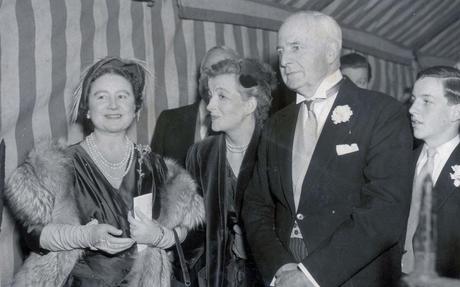

Lady Fermoy married both her daughters impeccably. Mary's wedding took place just five months after her younger sister, Frances, had married Viscount Althorp, later the 8th Earl Spencer, in Westminster Abbey. Queen Elizabeth II, Prince Philip, the Queen Mother and Princesses Margaret and Anne were all present when Diana's mother married her father.
Mary had four children with Berry. During her early marriage she lived in Wilton Crescent and moved to Chester Terrace in Regent's Park in the 1960s after her marriage failed. Unfortunately, her sister Frances also left her husband in 1967 after thirteen years of marriage.
A social scandal engulfed the family when Frances began a relationship with Peter Shand Kydd, the heir to a wallpaper fortune in Australia. His wife, Janet Shand Kydd, referred to Frances as "the other woman."
It must have been an incredibly difficult time for the Roche sisters when their mother, Ruth, testified against her own daughter, Frances, in her divorce proceedings in 1969. This allowed Diana's father to gain custody of his children when Diana was eight years old.
Diana's deep-seated fear of abandonment was understandable, creating complexity in their mother-daughter relationship.
When Diana married Prince Charles in 1981, her Aunt Mary's views proved prescient. She thought her niece looked "unhappy" at a pre-wedding reception. Mary was skeptical about the union. "They were at very different stages of development," she once said.
"Diana was young and had limited life experience, and Prince Charles was already a great thinker. He read a lot. They might have been different people."
A further tragedy befell Mary when her brother Edmund committed suicide at the age of 45. Mary was staying with him to celebrate her 50th birthday party when Lord Fermoy, who had suffered from depression, shot himself.
By this time, Mary had gravitated toward academia. She became a mature student in her late thirties and obtained a degree in classics from University College London. There she met Denis Geoghegan, a divorced teacher. They married in 1973. The union did not last, as Geoghegan valued his dissertation and his flute over his wife. Their marriage was dissolved in 1980 and Geoghegan became a monk.
Mary retrained as a teacher at the age of forty. She worked at a school in Camberwell, South London. She married for a third time in 1981 to Michael Gunningham, head of classics at a Jesuit school in north London. After eight years, her restlessness got the better of her and the couple divorced.
Her cousin, Earl Spencer, said at her funeral: 'Aunt Mary's endless love of life is summed up in her declaration, the day before she died, that she would continue to write her memoirs. It would have been a fascinating story." Indeed. It would have been a textbook example of aristocratic poverty.
